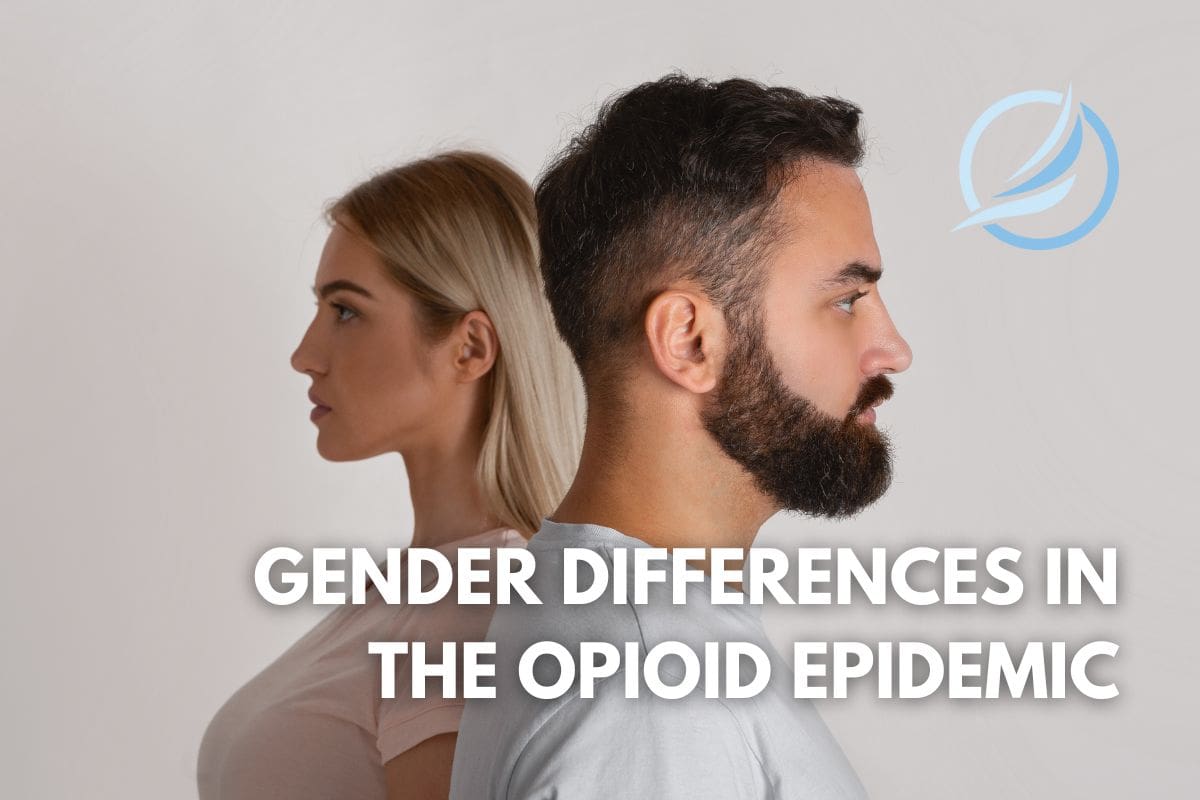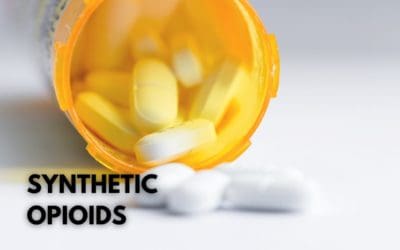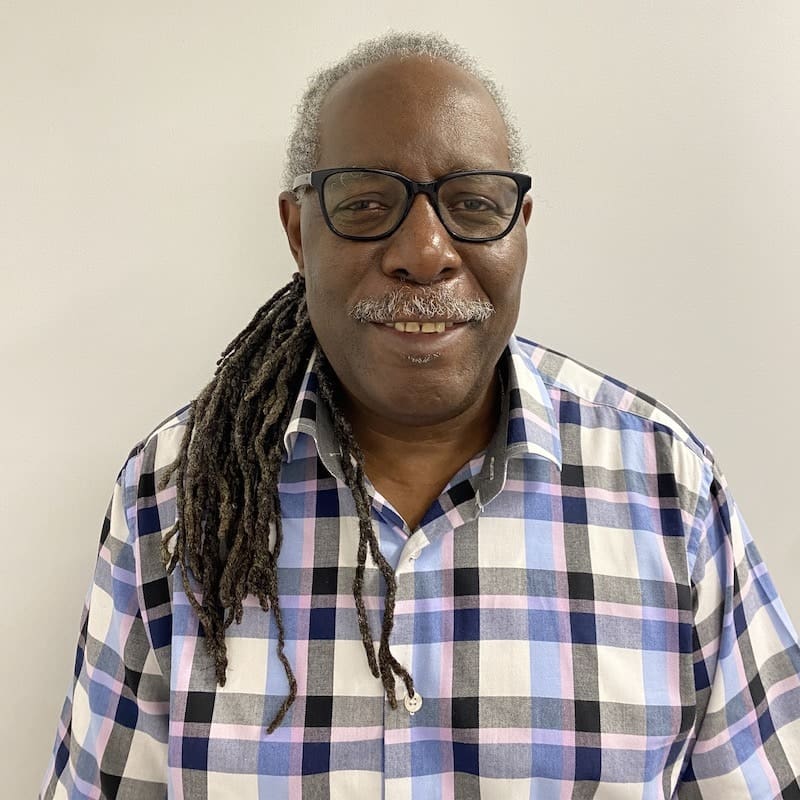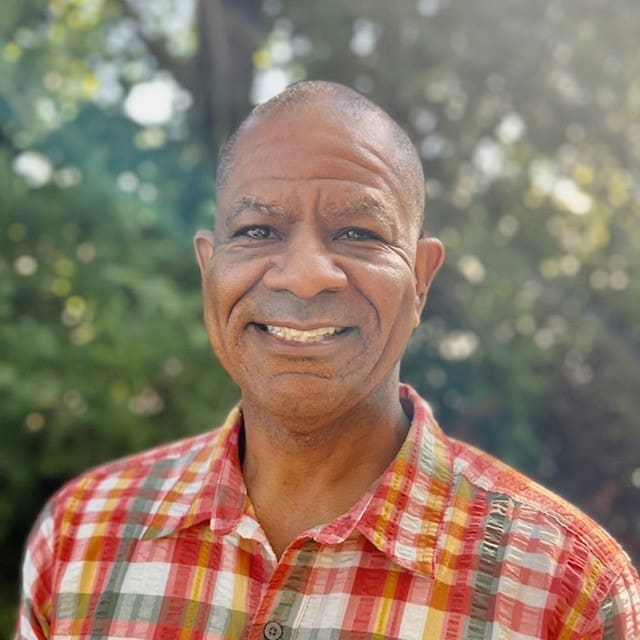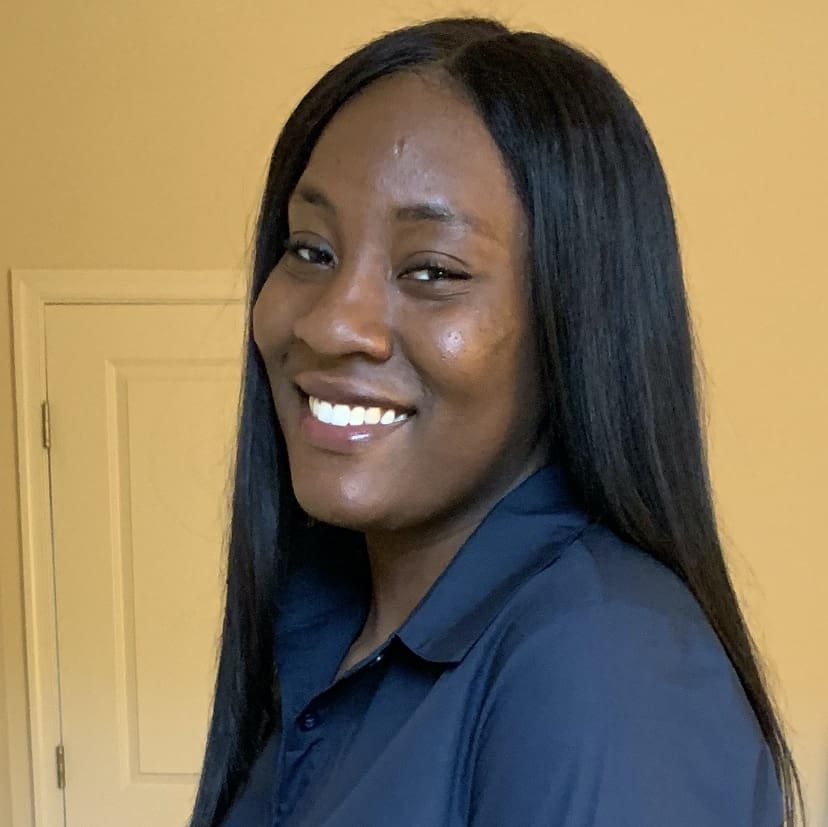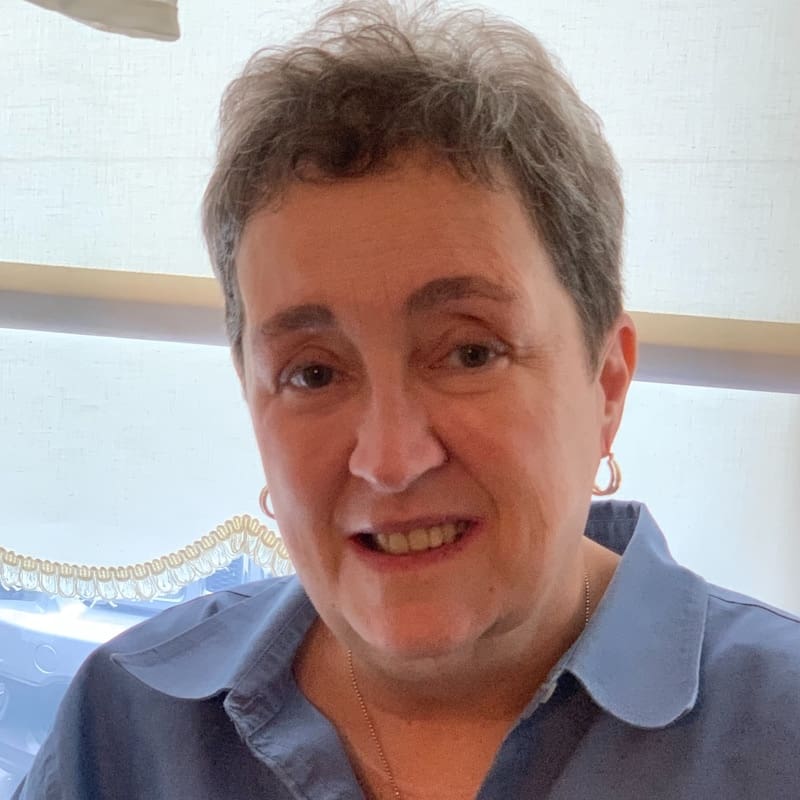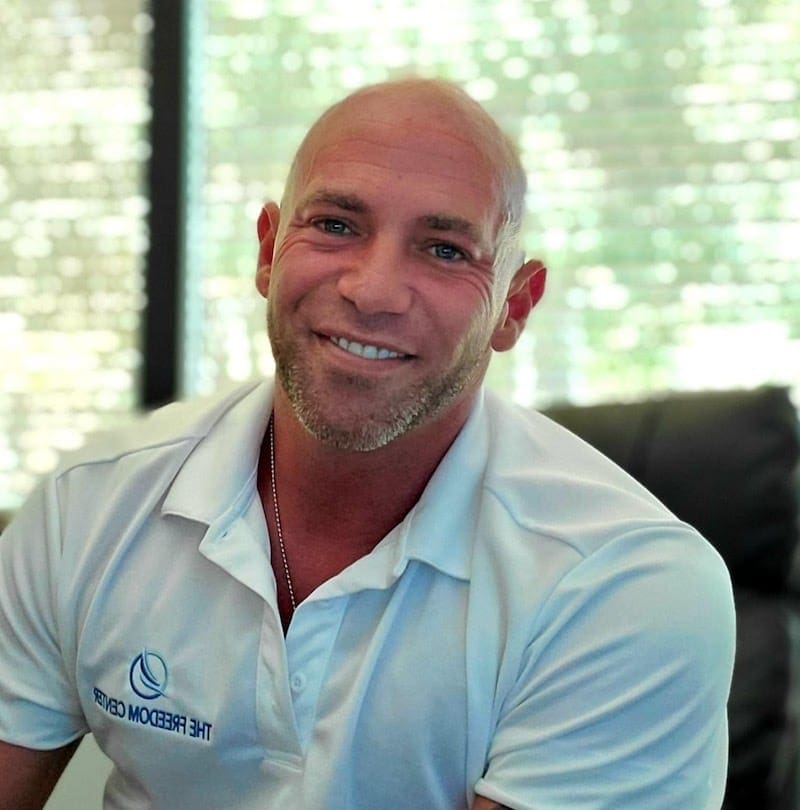Since the 90s, the world and, more specifically, the U.S., has been fighting an opioid epidemic that affects millions of people a year and results in thousands of deaths. Men, in particular, are two to three times more likely than women to experience a fatal opioid overdose. Gender differences in the opioid epidemic affect not only how likely some are more likely to develop an opioid addiction but also how likely they are to suffer from overdose.
Let’s explore in detail the main differences between how men and women experience opioid abuse, with a focus on the challenges men face when seeking recovery.
Understanding the Opioid Epidemic
The prevalence of opioid misuse and addiction has grown significantly, leading to a dramatic increase in cases of death by overdose involving prescription opioids, heroin, and fentanyl.
While the opioid epidemic has affected the U.S. as a whole, some states have higher opioid-involved death rates than others. In particular, West Virginia (37.6 deaths per 100,000 inhabitants), New Hampshire (27.2), and Ohio (26.1) have been the most affected states.
Additionally, research shows that the epidemic has disproportionately affected Black Americans and urban communities in some major cities like Baltimore, Chicago, Detroit, and Philadelphia.
Overall, CDC data shows that nearly 645,000 people died from an overdose involving opioids between 1999 and 2021.
Gender Differences in the Opioid Epidemic
There are significant sex and gender differences in substance use disorders, with men being more likely than women to use almost all types of illicit drugs and misuse prescription drugs. Additionally, men’s drug use is more likely to result in emergency visits than women’s.
According to SAMHSA’s 2022 national survey on drug use and health, around 8.9 million people misused opioids (heroin or prescription pain relievers) in the past year. However, men died of opioid and stimulant-involved overdoses at a rate double or triple that of women between 2020 and 2021, making them considerably more vulnerable.
Still, women face unique challenges, such as not being able to find or afford child care during recovery and being prescribed medications that haven’t been thoroughly tested on women.
Additionally, data from the National Institute of Drug Abuse (NIDA) on heroin use shows that, compared to men, women who use heroin are:
- Younger
- More likely to use smaller amounts and for a shorter time
- Less likely to inject the drug
- More influenced by social pressure and sexual partners who use drugs
- More likely to overdose from injecting heroin (in the first few years of consuming the drug)
- More likely to survive in the long term if they do not overdose in the first few years
Overdose Rates Among Men
As mentioned above, men are considerably more likely to die from overdoses involving all drugs (including opioids) than women. CDC overdose statistics show that men’s overdose deaths jumped from 9 per 100,000 inhabitants to 45.1 (2001-2021), while women’s increased from 4.6 to 19.6 during the same period.
While overdose deaths have increased across the board, men have been significantly more affected. White men ages 25 to 29 and 30 to 34 are the two groups most at risk of a fatal opioid overdose. Black men ages 30 to 34 are also highly at risk, with the researchers suggesting that this group will become the leading group affected by the opioid epidemic in the coming years.
It’s not entirely clear why men are more vulnerable, but some of the potential causes include using drugs more frequently and in higher doses. Also, there may be environmental protective factors among women that reduce their risk of death compared to men.
More specifically, this vulnerability is likely a combination of several factors unique to men, such as:
- Biology. Men may have a greater vulnerability to the toxicity of drugs than women.
- Behavior. Men may use drugs in a riskier way than women (higher dose, etc.).
- Social and gender-related factors. Men may feel societal pressure to exhibit toughness or self-reliance, which can discourage seeking help for addiction and mental health issues.
Barriers to Treatment and Recovery for Men
Men experience a combination of risk factors that make them more likely to suffer fatal overdoses and less likely to receive or seek appropriate care. These are the more critical factors that prevent men from seeking help for opioid addiction.
Stigma and Masculine Norms
Men may experience stigma around addiction and the pressure of traditional gender norms, which often valorize self-reliance. This can lead to being less likely to seek treatment.
Underdiagnosis of Mental Illnesses
Men are less likely to be diagnosed with co-occurring mental health disorders due to underreporting symptoms or because their symptoms are expressed differently than those commonly associated with women. This can result in a treatment approach that does not fully address the underlying issues contributing to the substance use disorder.
Lack of Gender-Specific Treatment Programs
Many addiction treatment programs are designed with a one-size-fits-all approach, which may not address the specific needs or circumstances of men. For example, programs focusing on empowerment and emotional expression might not resonate with men raised under traditional masculine roles.
Economic and Social Responsibilities
Men often face pressure to fulfill roles as providers, which can make taking time off for treatment difficult. The fear of losing a job or falling behind in financial obligations can be a significant barrier to seeking long-term treatment.
Healthcare Access and Use
Men generally use health services less frequently than women. This lower engagement with health services can lead to missed opportunities for healthcare providers to screen for or intervene in substance use disorders.
Legal and Custodial Concerns
Men facing legal issues or those involved in custodial battles may avoid seeking treatment for fear of legal repercussions or losing custody of their children. This fear can significantly delay or deter treatment.
Seek Help for Opioid Addiction
The opioid epidemic is complex and involves many factors, with people of all genders facing unique challenges that make them more or less likely to become addicted or experience a fatal overdose.
If you or a loved one experiences opioid addiction, we encourage you to seek treatment that adapts to your or their unique needs.
The Freedom Center is a caring and supportive rehab center in Maryland that provides treatment for many forms of addiction, including opioid addiction. Contact us online or at (888) 530-5023 if you want individualized but affordable solutions.

